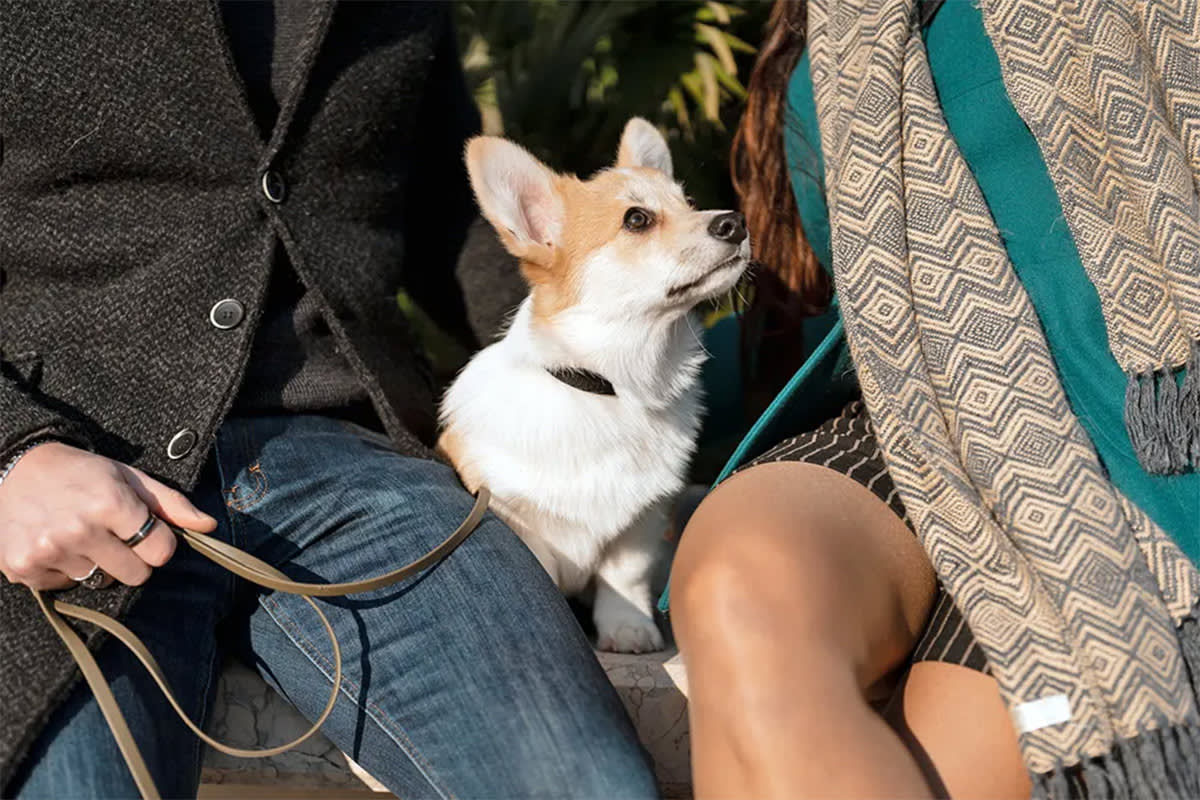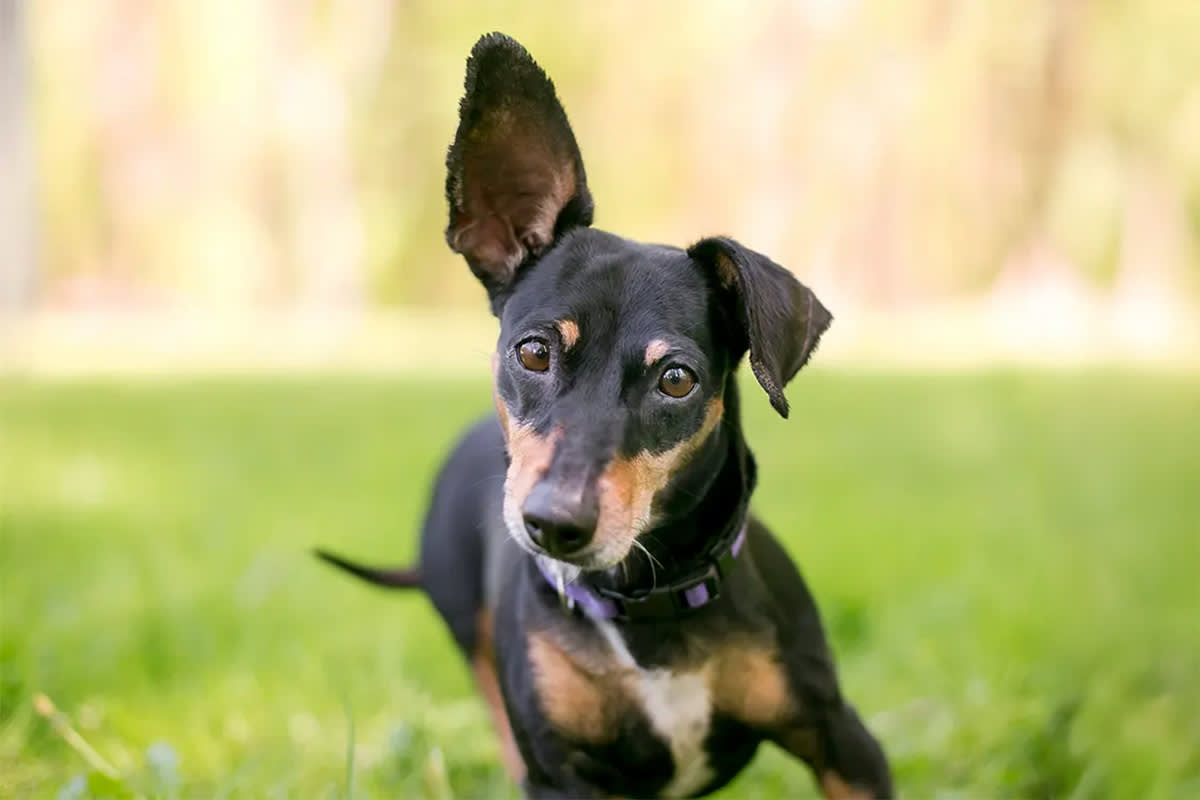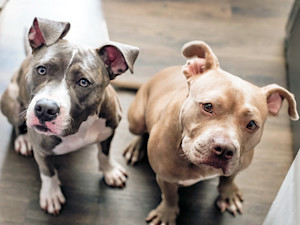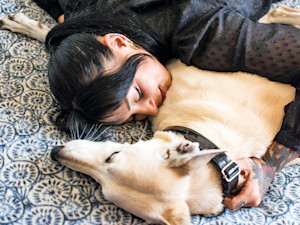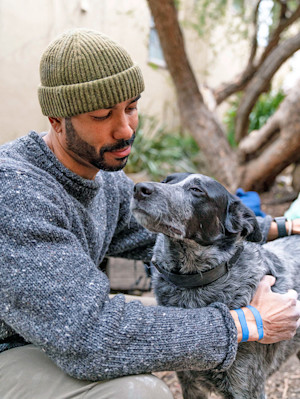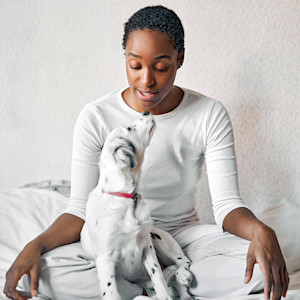Do Dogs Actually Recognize Their Names?
Or do they think of it more as a cue that means “come”?
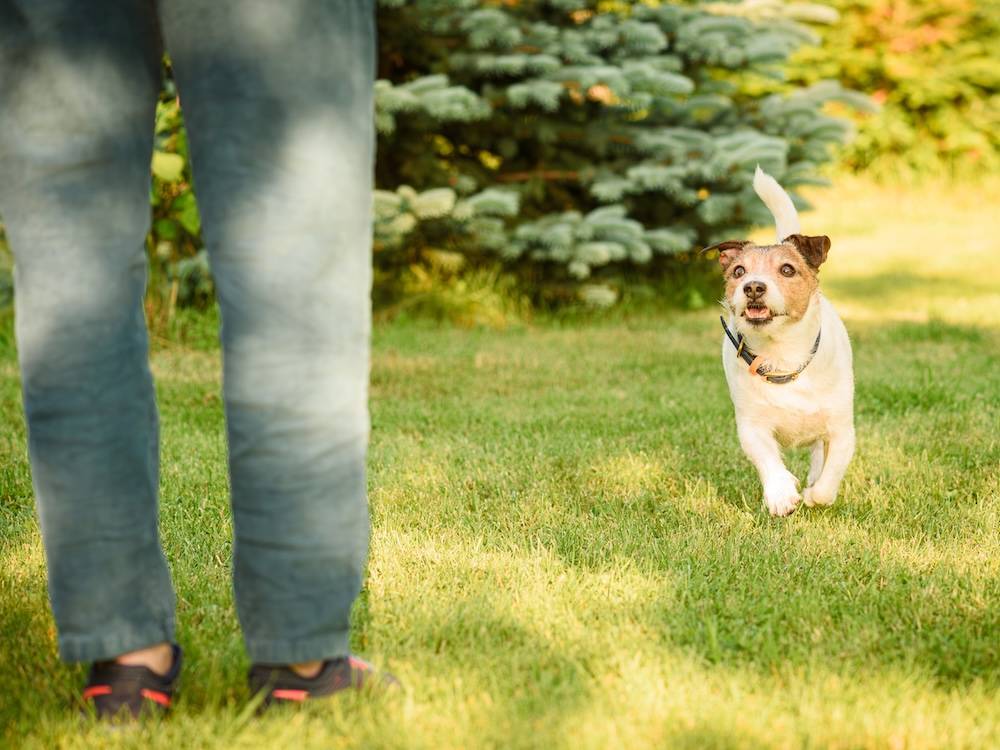
Share Article
At the local dog park, a familiar scene plays out: A pet parent calls out “Buddy!” and right on cue, a Golden Retriever whips around from the other end of the field and comes bounding back, tail wagging. “He’s so smart,” Buddy’s beaming parent brags to anyone who will listen. “He knows his own name”. But what is really going on in this scenario? When your dog hears their name, do they know that it is their name? Or do they simply recognize the word as a cue that they need to come to you right away?
This potentially philosophical question recently garnered more than 200 comments of discussion on Redditopens in new tab. And with good reason — it’s a surprisingly complex inquiry that explores facets of mental cognition in dogs, learning theory, and even the philosophy of self-awareness. While dogs certainly react to their names, researchers are still exploring whether that reaction is rooted in name recognition as humans experience it — as a sign of individual — or if it's simply a cue learned through repetition, much like “sit” or “stay.”
“I think they know their names,” one commenter says. Others add that dogs seem to know the names of other humans and dogs as well. “If I mention my neighbors’ or their dogs’ names, my dog gets all excited and happy," another commenter writes.
Others say dogs seem to even recognize senses of time within language: “I’ve noticed my dog interprets ‘you want’ as ‘something interesting is about to happen,’” one commenter writes. Not everyone thought their pups magically understood human language: “Maybe not so much a ‘come’ command, but ‘hey, I'm talking to you; please pay attention to what I’m saying,’ which is basically the function of a name,” another commenter writes. “But do they think of themselves as said name? Prob not.”

Research shows the answer is complicated.
Classic experiments like the mirror test, which explores whether an animal recognizes its own reflection as itself or as another creature, show dogs don’t react to the image in the mirror as a reflection, but often as if it is another dog — barking at it, showing aggression toward it, or even attempting to play with it. In fact, the only animals who have passedopens in new tab that test are elephants, apes, and some birds.
“The main thing we know from science is that dogs don't self-identify in the same sense as humans,” says Sian Lawley-Rudd, an ethical dog trainer and trauma-informed coach based in the United Kingdom. “We know our name is our name and refers to ourselves, whereas dogs do not know themselves — they don’t identify with a name in the same way we do.”
Although dogs can learn a number of words and distinguish between different animals and humans (as those of us whose dogs have a special pal at the dog park can attest), science shows that may be due more to pattern recognition than a deep understanding of identity and selfhood.
Instead, Lawley-Rudd says, dogs learn their names through classic conditioning. Initially, the name is just another word. But over time, with reinforcementopens in new tab, they begin to associate it with positive responses from their humans. That reinforcement can include treats, stating the name in various scenarios and offering consistent rewards, and making sure to not say the name in an angry manner or any other way that will cause negative associations. And these methods go not just for dogs’ names, but for the names of other humans and objects, Lawley-Rudd says.
“I do it with my own dog and she knows Nanny and Grandad by name — we have taught her because those two people appear when those words are said,” she says. “If we are consistent enough with teaching them something, dogs are so pattern-driven they will learn by association that a certain word means a certain thing.”
So, though dogs do not conceive of their names as names, that doesn’t mean they can’t distinguish between different words and their meanings. One studyopens in new tab, for example, found that a Border Collie named Chaser had learned and retained the proper-noun names of 1,022 different objects. And even the mirror test isn’t a sure bet; another study opens in new tab found dogs do recognize themselves by smell.
It’s all about your training approach.
Still, says animal behaviorist and pet coach Petrina Firth, dogs ultimately learn their names through positive reinforcement — but do not conceive of the name as a reference to the self. “They just know that if they pay attention to you when you say that word, it's going to be rewarding for them — and it’s reinforcing that behavior when it is repeated,” she says.
That means when a dog pays attention after you say its name, you should reward the dog with a treat every time. Over time, you can change the reward pattern to only be in response to every few times it successfully completes the task. Experiment with different sizes and frequencies of treats until you find the right pattern for your pup.
Be sure to keep in mind that reinforcement can also become negative, Firth warns, especially when your pup’s name is said with frustration in response to problem behaviors. That’s why she suggests clients do not use the dog’s name as a cue to come — but instead only to get the pet’s attention and indicate to them to await further instruction.
“A lot of dogs will end up thinking their name is ‘No,’ because if you use that word too much they will start looking at you when you’re saying it,” she says. “Dogs do what they find reinforcing, so if you say their name in frustration, they might start anticipating punishment and avoiding you even more. We call this poisoning the recall.”
Lawley-Rudd similarly does not recommend clients use a dog's name as a cue to come.
“Dogs are so pattern driven, when there is no consistency to how we are using their name, it can get very overwhelming for the dog,” she says. “They hear [their name] in so many situations, they may not know it means to come to you, or they may learn to ignore it.”
In other words, you can teach dogs cues like “sit,” “come,” and “stay.” But ideally your dog’s name should be just that — their name, and a cue to pay attention for what’s next.

Kari Paul
Kari Paul is a Paris-based writer, artist, and filmmaker whose work has been published in The Guardian, The Wall Street Journal, New York Magazine, ELLE, and VICE. She has had an endless march of more than 20 foster kittens, cats, and dogs over the last few years and always cries when they leave. She covers technology, personal finance, and animal behavior, among other topics.
Related articles
![A woman wearing a yellow headband and a white off-the-shoulder shirt with blue jeans and platform black flower boots kneeling next to her black Poodle mix dog on the lawn outside]()
How to Teach Your Dog Your Name
Your dog might not know your name. Don’t take offense; just play this game.
![Two Pit Bull dogs listening at home.]()
How Smart are Dogs? How to Test Your Dog’s IQ
Find out.
![Man on the couch with his dog.]()
12 Things Your Dog Wishes They Could Ask You For
Tell me what you want, what you really, really want.
![Woman cuddling her dog on the floor at home.]()
Discover Your Dog’s Love Language
Which of these five sounds most like your pup?
![Man cuddling his dog outside.]()
How AI Will Change Your Relationship With Your Pet
Will this new technology help or hurt us?
![Woman looking at her dog and speaking to him.]()
Can You Teach a Dog to Talk? Five Training Techniques
Look who’s talking!
